japanese beetle life cycle in missouri
Control Strategies Adult Control Option 1. Females lay eggs in soil that hatch within seven to 14 days and grubs begin feeding on grass roots.
You can use an organic product called Milky Spore.

. Adults begin to emerge in May and feed on foliage through September. These eggs hatch late July into August and are small and close to the soil surface. As its name implies Japanese beetles of the scarab beetle family are indigenous to Japan.
Appearance of adult the timing of oviposition and subsequent development have been shown to vary with latitude altitude and also from year to year Fleming 1972. Distinguishable five white tufts along the beetles abdominal section help identify the beetle. Each of the first two larval instars stages requires a feeding period of about three weeks.
The adults mate and females lay their eggs in the soil in grassy areas. The first beetles out of the ground seek out suitable food plants and begin to feed. Ideally start removing adults as soon as they appear.
Depending on your climate they will appear anytime between May and August. As soil temperatures warm in the spring the larvae move closer to the soils urface. Late June through August or September.
Japanese beetle life cycle starts as an egg that hatches into a white grub then pupates and emerges as a shiny adult beetle. University extension and state agriculture departments help people control the Japanese beetle. Life cycle of Japanese beetles.
Adults feed on leaf material above ground using pheromones to attract other beetles and overwhelm plants skeletonizing leaves from the top of the plant downward. Most of the beetles life is spent as a larva with only 3045 days spent as an imago. The most susceptible life stage of the Japanese beetle is the newly hatched grub in the soil.
The larvae feed on roots of grass and other plants close to the surface of the soil. Within 46 weeks of breaking hibernation the larvae will pupate. Japanese beetles have a univoltine life cycleone generation per year.
Cultural Control Hand Picking. Leaves of plants such as birch canna crape myrtles grapes hops linden trees rose bushes etc. A feeding Japanese beetle puts out smells that attract other Japanese beetles so a few beetles feeding in an area can quickly become dozens.
Peak Japanese beetle population typically occurs in late July. The eggs hatch into white grubs in ten days to two weeks or longer depend- ing on soil temperature. Japanese beetle have one generation per year Figure 2.
Japanese Beetle Life Cycle. After mating females burrow a few inches into. Larvae that have matured by June pupate and the adult beetles emerge from the last week of June through July.
One of the best things you can do to control Japanese beetles is to reach out to your local agricultural extension office to find out when they start to emerge in your area and when you can expect grub activity after the adults have laid eggs. Adult females lay eggs in moist sod in July. The first beetles out of the ground seek out suitable food plants and begin to feed immediately.
The adult beetles normally emerge during the last week of June through July. Larvae live in the soil where they feed on plant. Two natural enemies of Japanese beetles have been released in Minnesota.
On warm sunny days the new beetles crawl onto low growing plants and warm for a while before taking flight. Japanese beetle larvae are annual white grubs. These early arrivals begin to release an aggregation pheromone odor that attracts additional adults.
The grubs are C-shaped and approximately 125 inches when fully grown. As Japanese beetles start to damage a plant volatiles from the plant are released in the air. The fly Istocheta aldrichi lays eggs on adult Japanese beetles in summer whereas the wasp Tiphia vernalis parasitizes grubs in the spring.
In most parts of its range the Japanese beetle completes its life-cycle in one year but some populations in cooler climates may complete their development in two years Vittum 1986. The beetles life cycle takes one year. Grubs cease feeding in October and overwinter 15 cm below the soil surface Figure 3.
Other beetles smell those chemicals and are drawn to. The life cycle of the Japanese Beetles consists of four stages of development called complete metamorphosis. This is when they are easiest to control.
Females lay eggs in spring when they emerge from the ground. They over winter as third in star larvae in the soil below the frost line. Although both natural enemies became established here neither is very abundant and they have little impact on Japanese beetle populations.

Effective Management Remains Elusive For Beetle That Eats Almost Anything

Japanese Beetle Pest Monitoring Integrated Pest Managment University Of Missouri

Japanese Beetle Pest Monitoring Integrated Pest Managment University Of Missouri

Japanese Beetle Mdc Teacher Portal

Beneficial Insects Insect Eggs Beneficial Insects Trypophobia
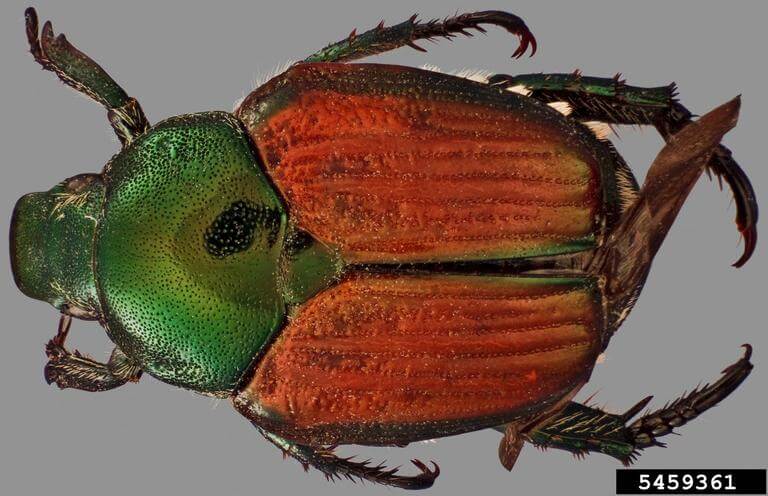
Japanese Beetle Soybean Pest Soybean Research Information Network Srin
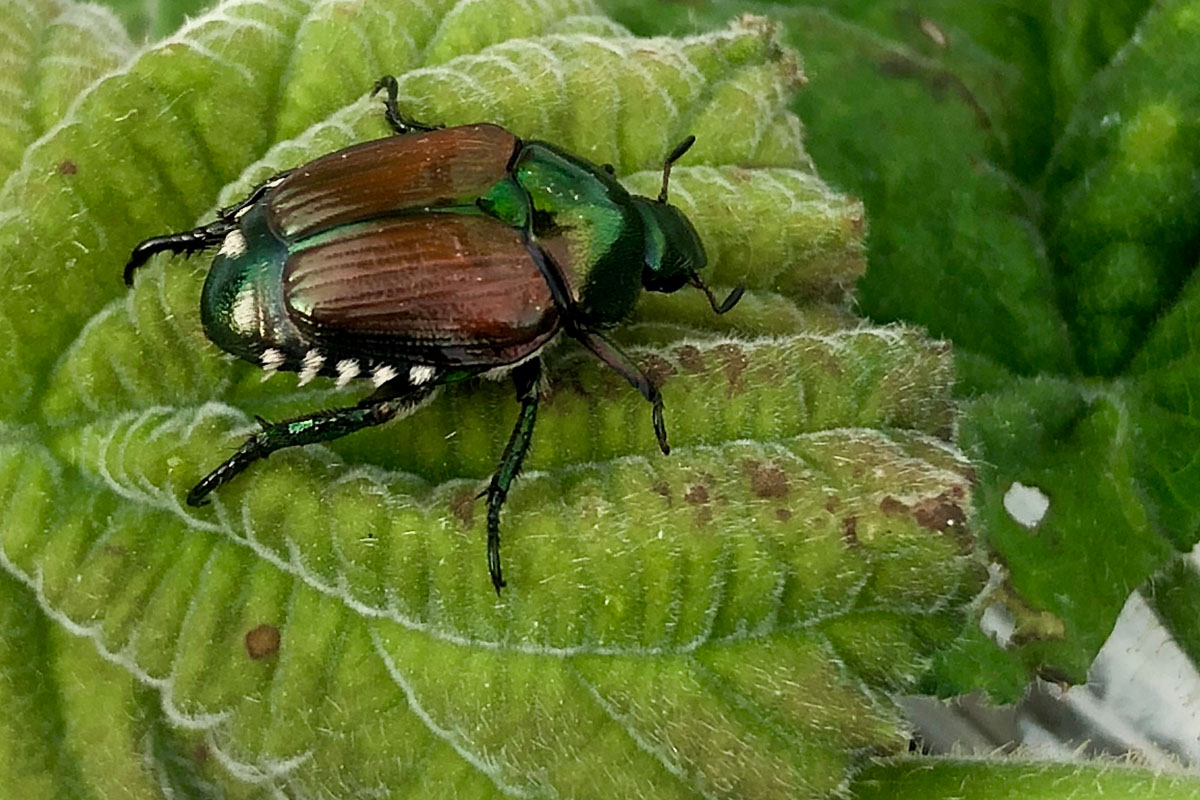
Japanese Beetle Control The Good Earth Garden Center
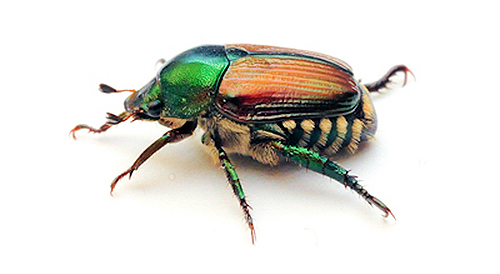
Japanese Beetle Identification Scouting Integrated Pest Managment University Of Missouri
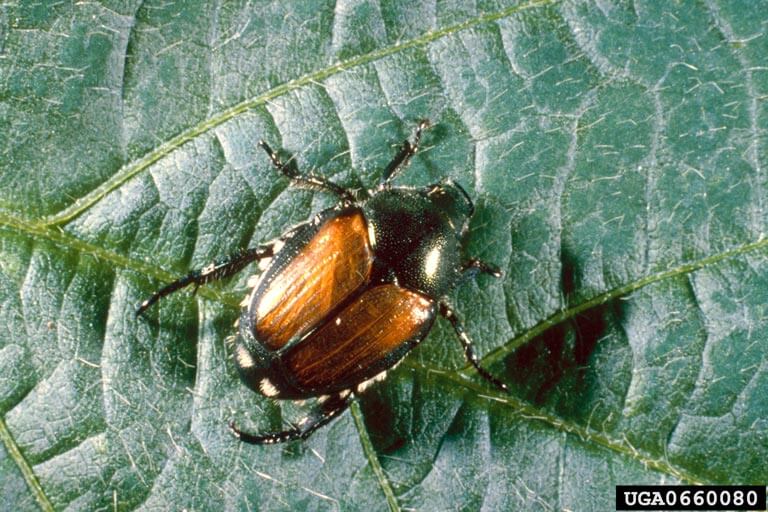
Japanese Beetle Soybean Pest Soybean Research Information Network Srin

Japanese Beetle Soybean Pest Soybean Research Information Network Srin

How To Get Rid Of Japanese Beetles In Your Yard

Japanese Beetles Will Lay Next Year S Eggs In Grass Not This Year S Infested Fields News Dailyjournalonline Com
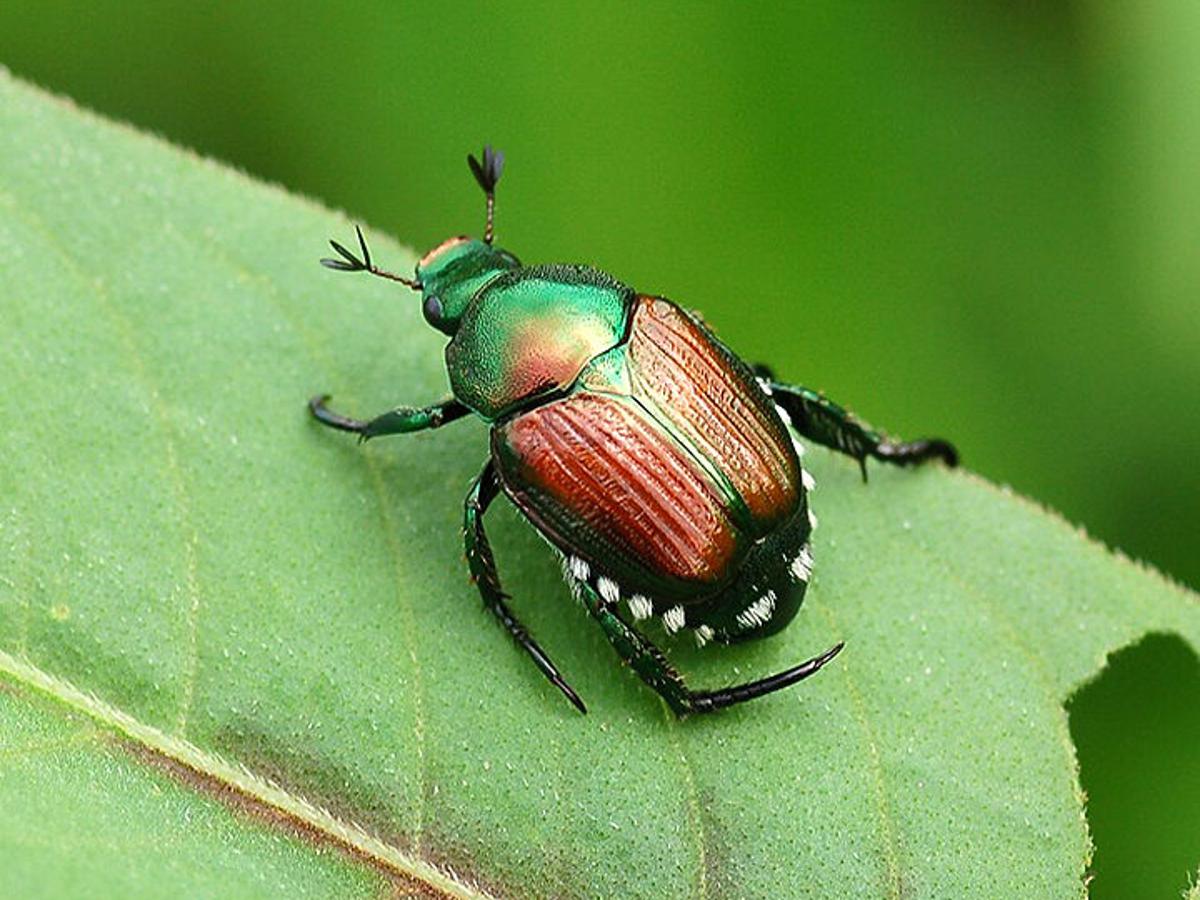
State Quarantine To Remain In Bid To Limit Spread Of Japanese Beetles News Gjsentinel Com
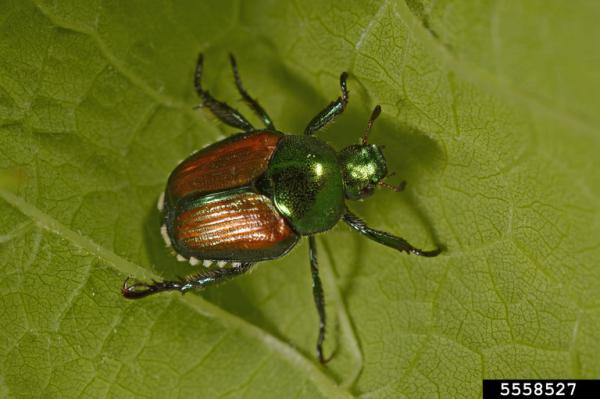
Japanese Beetle National Invasive Species Information Center

